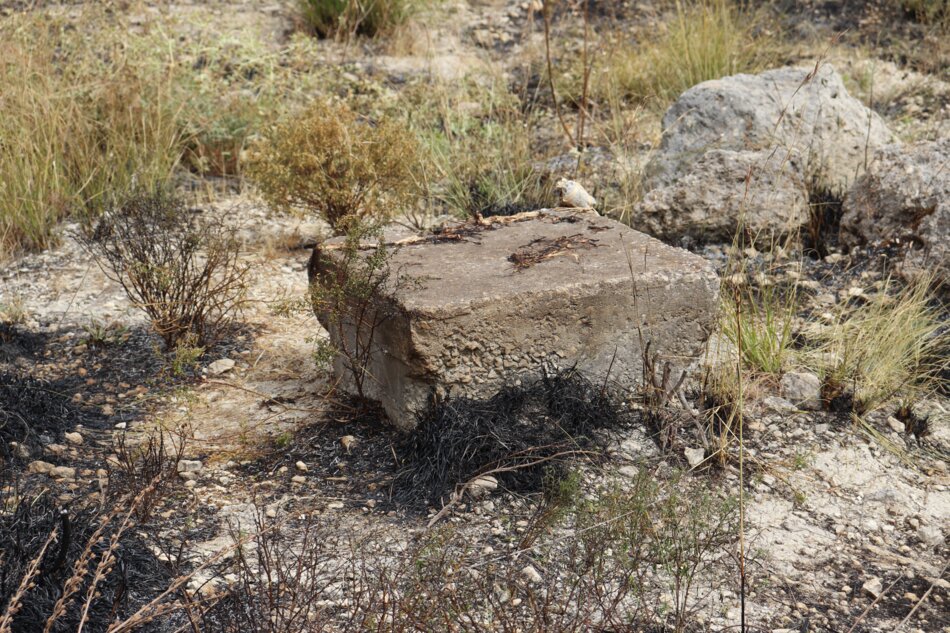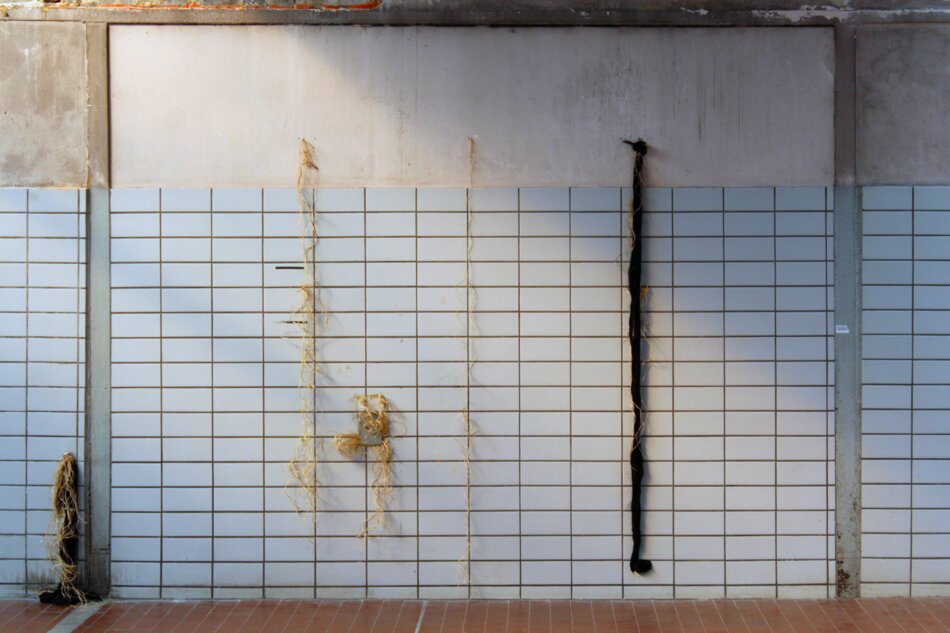Research Cluster Ecological Disturbance to Creative Interruption
Pioneering creative interruptions and exploring ecological disturbances
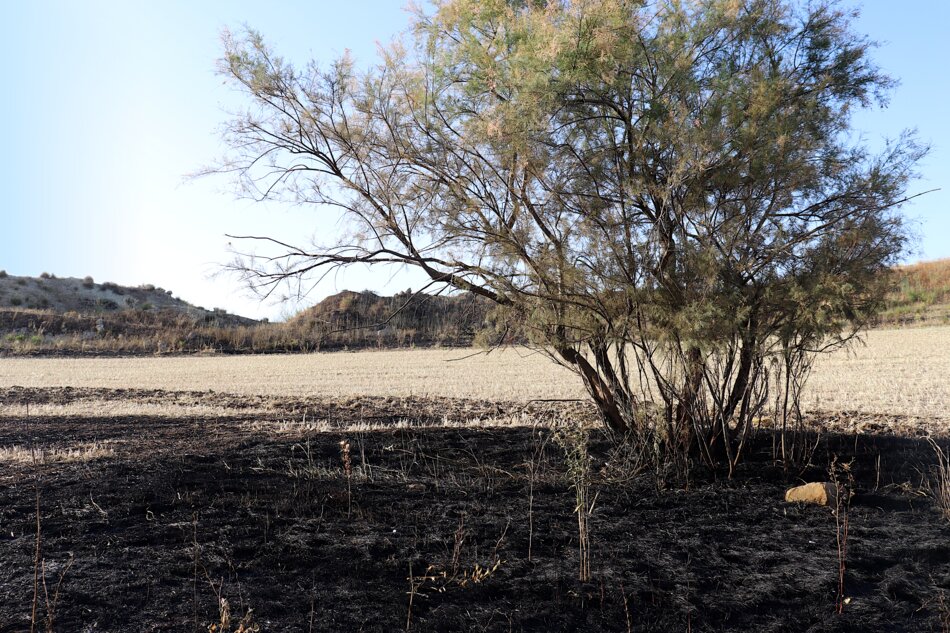
This project has been timestamped and documented as part of my collaborative and creative research process. Timestamping is a digital method that verifies and records a file’s creation date, ensuring the work’s originality.
Research Context
This research cluster examines the two-way relationship between creative processes and disturbances, such as fires, while redefining the concept of “interruption.”
By collaborating with individuals from various fields, the research aims to foster meaningful dialogues about the interplay between ecology and creativity.
The research features two artworks, with additional pieces currently in development.
Call for Collaboration
The research cluster welcomes interdisciplinary collaborators interested in exploring the intersection of ecology, art, and community practices. If you wish to contribute to this ongoing research, please submit a letter of motivation outlining your interest and relevant experience. For inquiries and to express interest, kindly reach out via the provided contact details.
Embracing Opportunities in Interdisciplinary Collaboration
Interdisciplinary projects can bring challenges, such as different timelines and communication styles. I believe these are often opportunities to create something unique. Indeed, it’s relevant to adapt our process and address any concerns so that our collaboration is as smooth and beneficial as possible.
Download the Logo
If you’re collaborating with us and require our logo, please download the logo package from the link provided here (388.3 kB).
Access Research Cluster: Text or PDF Options
Explore the research in the text below on this page.
Alternatively, you can download the PDF brochure (4.5 MB) for the same content.
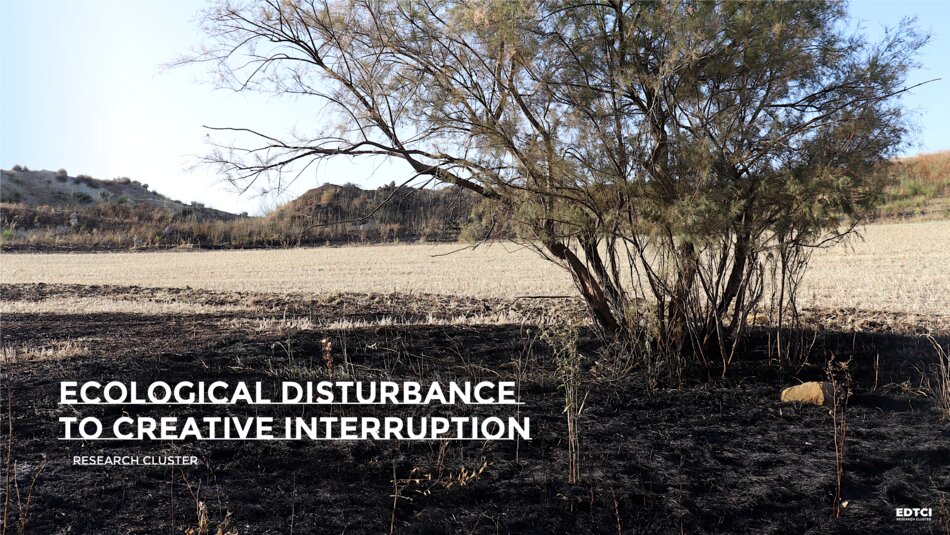
1. The Unexpected Fire: A Turning Point
While on an art program, my artwork almost burned in a field.
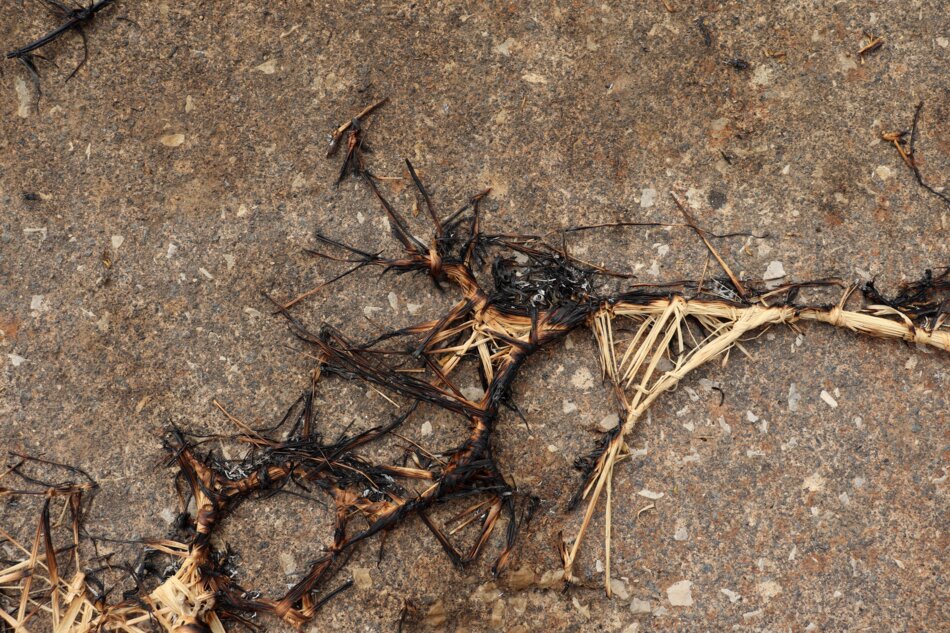
There was a fire. Some people have seen the fire as harmful.
This concern is reasonable. It is due to the possible effects on plants, wildlife, and air quality.
My approach is to examine each side of events. I avoid making quick judgments.
I spoke with locals to learn about the source of the fire.
2. Shepherding Practices and the Fire Tradition
Locals told me the fire was part of a traditional practice.
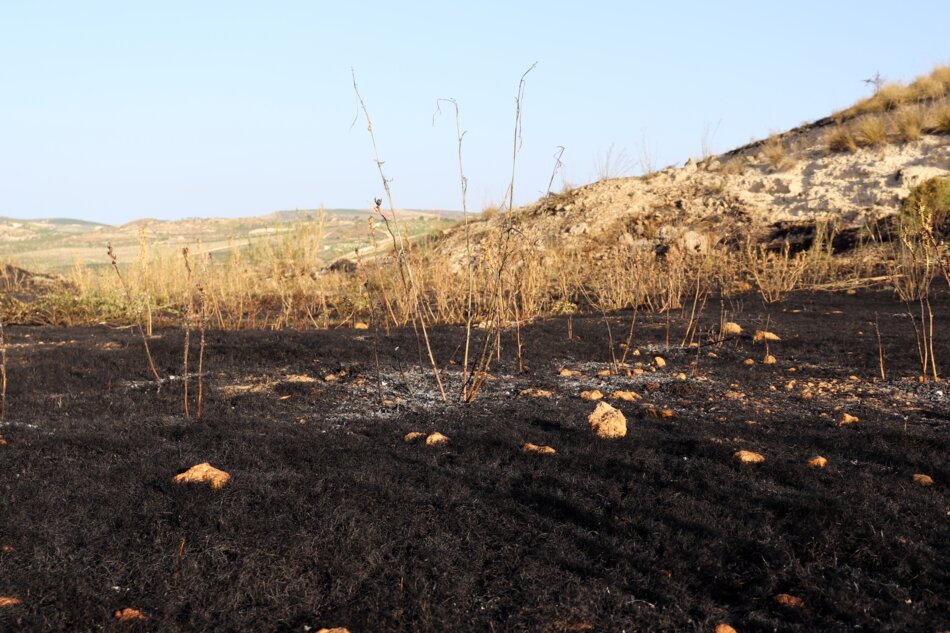
The practice has its roots in how shepherds used to care for pastures.
They also revealed the natural and social problems behind this event, offering their perspective.
The art program took place in Italy.
2.1 Initial Observations on Italian Land Use and Fire Practices
Local scholars, such as Agnoletti[1], Boag[2], Borghero[3], Di Berenger[4], Forni[5], Lai[6], and Sereni[7], studied the relationship between fire and agricultural practices in Italy, sometimes seeking a connection with a broader international frame[8].
The dictionary defines agriculture or farming as the cultivation of land and crops and the raising of livestock[9].
Experts say that shepherds burn vegetation at specific times to encourage new plant growth and better grazing conditions[10].
According to experts, these practices are legally complex in Italy[11]. Other experts say these fires lead to more harmful fires[12]. Some experts note that controlled burns, which were seen as evil in some countries in recent years, are now being used again in others[13].
2.2 Exploring Local Practices Through Art
I am studying this practice, which is related to local needs and traditions.
I explore it through metaphors, insights, and deeper meanings.
3. Shared Conversations
I compared this practice to the creative process.
I thought about the global issues and the discussions they raise.
I didn’t want to use the local perspective merely as information. I aimed to fully integrate it into my creative process, letting it actively shape my work.
This approach helps balance all inputs involved in the creative process. It encourages a base of collaboration and respect.
Opening a dialogue with locals or experts is a two-way street.
In the dialogue, we all need to play our roles. We must honour each other’s social and professional limits. At the same time, I believe we can make things better for everyone.
I also gave a live talk about the work.
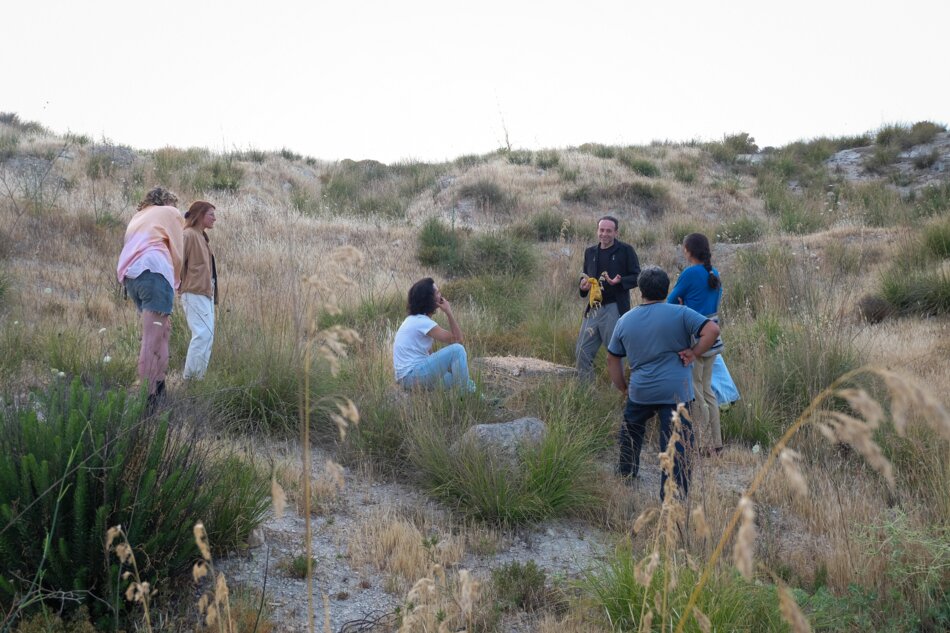
I shared the story behind the creative process with people. I did so in a narrative and expressive way.
These dialogues and shared encounters changed my creative process and artwork.
4. Artist as Watcher and Contributor
I see myself taking on two roles as an artist.
First, I see myself as a watcher. I ask questions. I explore the world around me.
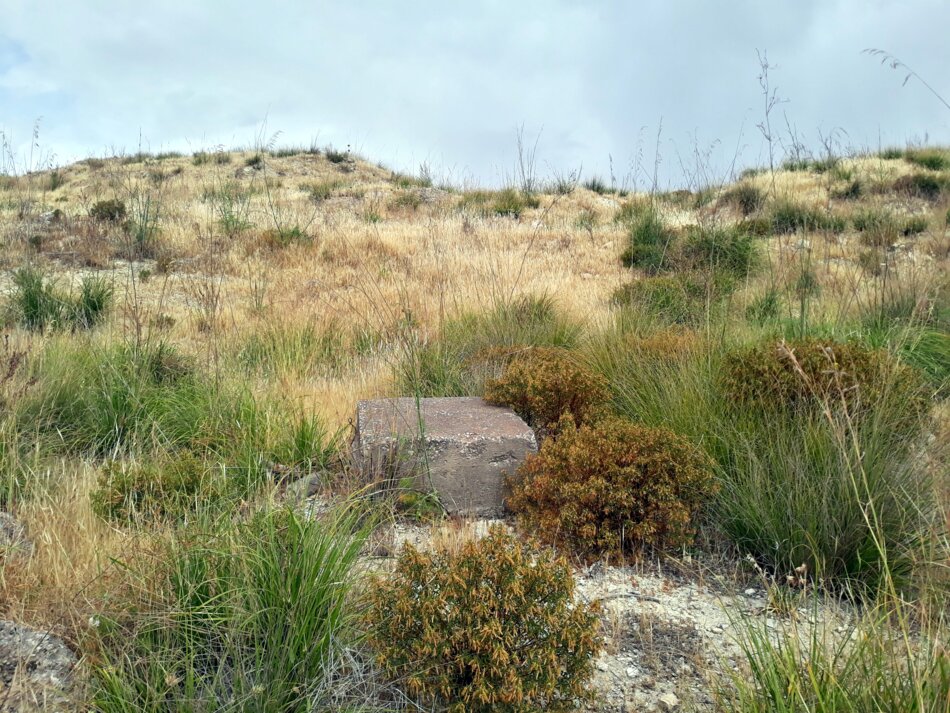
Second, I see myself as a contributor. I engage in dialogues. I allow these exchanges to shape my creative process.
Summing up, I love making each piece a changing dialogue between my perspective and the influences I encounter.
5. Fire, Ecology and Disturbances
The effects of fire on the ecosystem have been the theme of various studies. These studies are part of fields such as fire ecology.
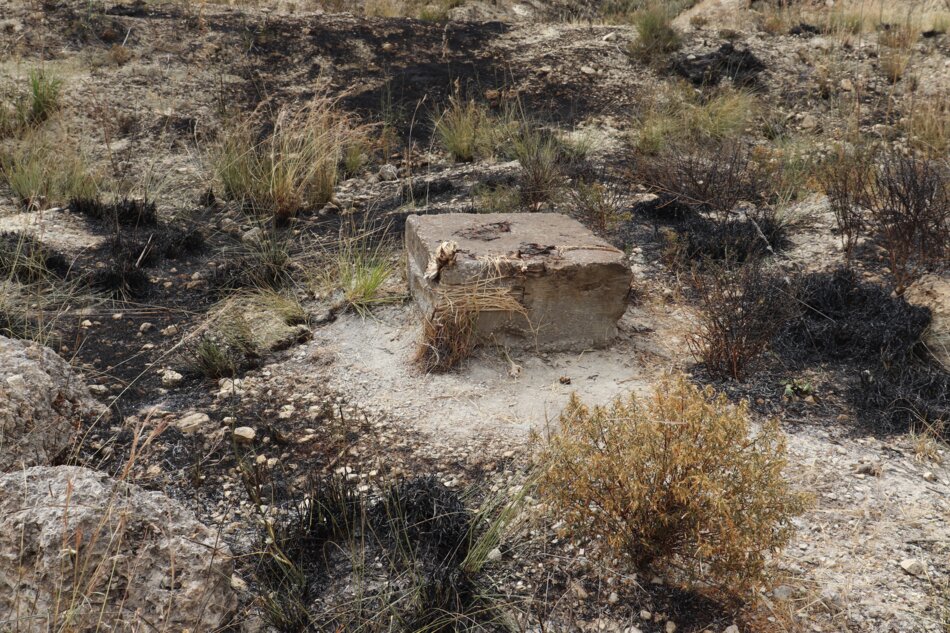
Furthermore, they also look at related concepts. One of these concepts is the idea of disturbance.
5.1 Ecosystem
Dictionaries define an ‘ecosystem’ as a community of living things[14]. The word ‘ecosystem’ is also about the relationship between these living things and their environment[15].
5.2 Environment
The same sources define an ‘environment’ as everything surrounding a life form[16].
5.3 Fire Ecology
Some experts state that fire is part of many ecosystems[17]. They state that fire ecology studies the function of fire within these ecosystems[18]. They also add that fire ecology looks at how controlled fires can help to keep ecosystems healthy[19].
5.4 Disturbance
Dictionaries define a ‘disturbance’ as a change in an ecosystem[20]. This change results from a shift in environmental conditions[21]. This definition is broad. Scholars argue that a single definition of disturbance cannot meet the needs of all ecologists[22].
6. Exploring the Relationship Between Instability and Rules
The fire that burned the vast field and the artwork stands for a ‘disturbance.’
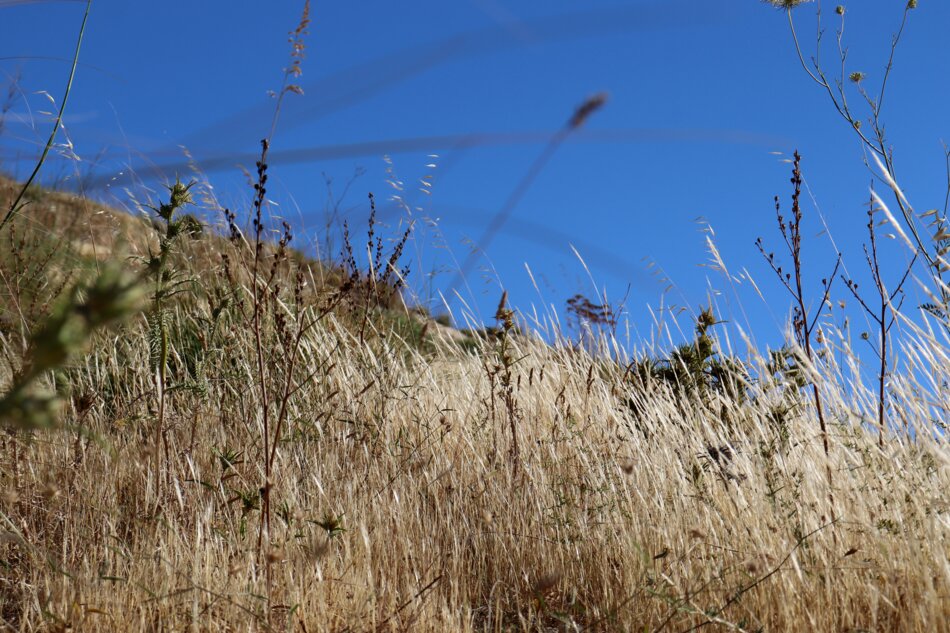
According to experts, disturbances often carry negative associations outside the range of ecology[23].
However, they are not essentially good or bad for ecosystems[24].
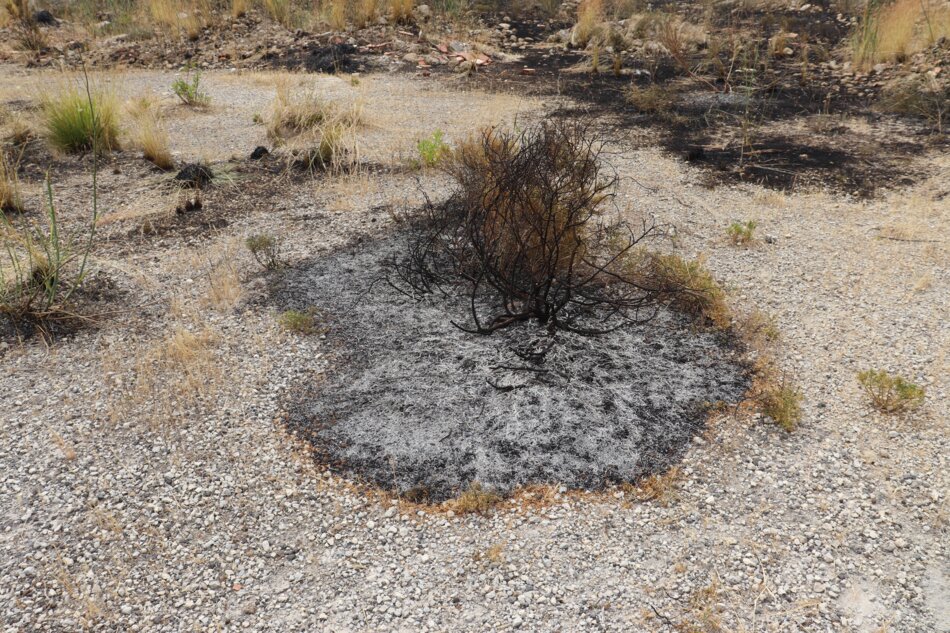
In its most basic definition, ‘ecological disturbance’ denotes a change imposed externally on a system[25].
This change deviates from the conditions that were previously dominant[26].
That’s a relevant concept. It aligns with my main creative research interest in the instability of the systems of rules. Therefore, I view the burned artwork as a relevant part of my art path.
7. Pioneering Creative Interruptions
I realized my approach to fire matched with an ecological perspective.
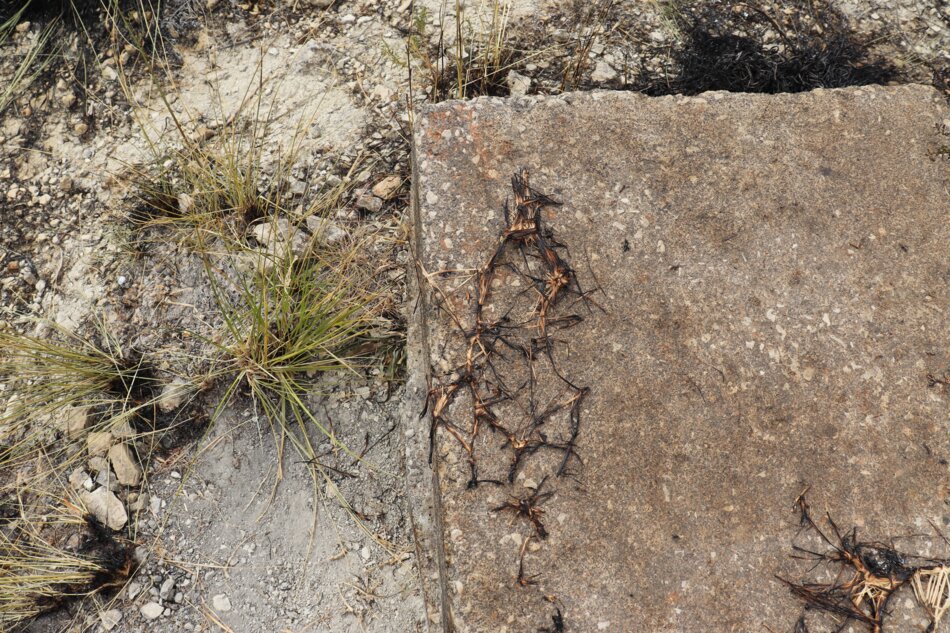
Inspired by this concept of ‘disturbance,’ I improved the idea of ‘interruption.’
My experience and research inspired me to consider the idea of ‘interruption.’
This idea is about how different parts of the creative process work together.
One can call it the ecosystem of the creative process.
8. Temporary Stops
An interruption is a temporary stop in the creative process.
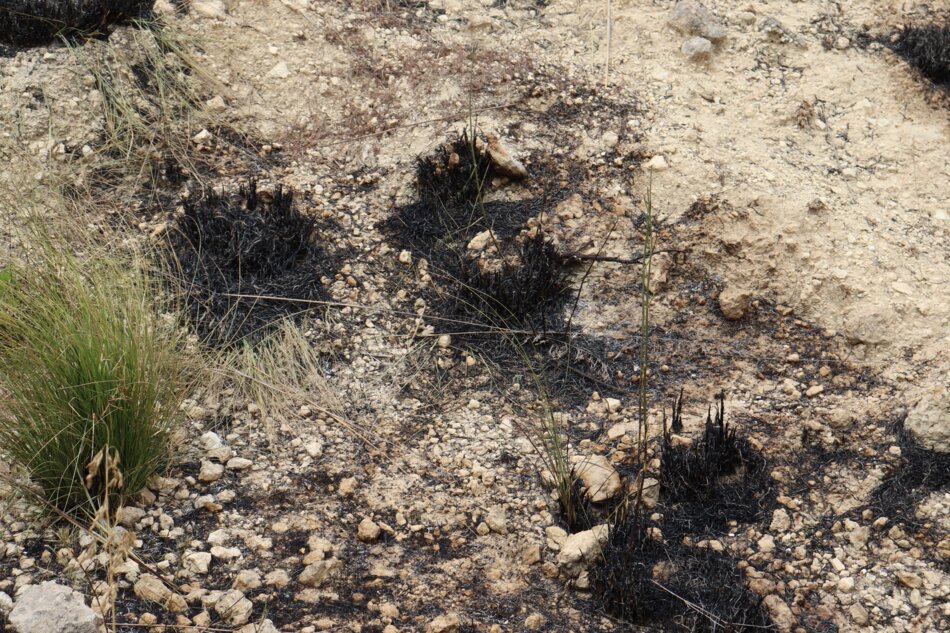
This pause can improve the process. It does so by expanding the artwork’s meaning. It can also help connect the artwork more deeply with its social and natural context.
An ‘interruption’ does not lead to disruption or devastation.
A ‘disruption’ is a temporary halt. It affects the creative process.
A ‘devastation’ is a permanent halt. It terminates the creative process.
At the same time, an interruption cannot be a simple change. It should imply a pause or a break.
9. From Disturbance to Interruption: Shaping Creative Processes
My experiences and the concept of ‘disturbance’ inspired me.
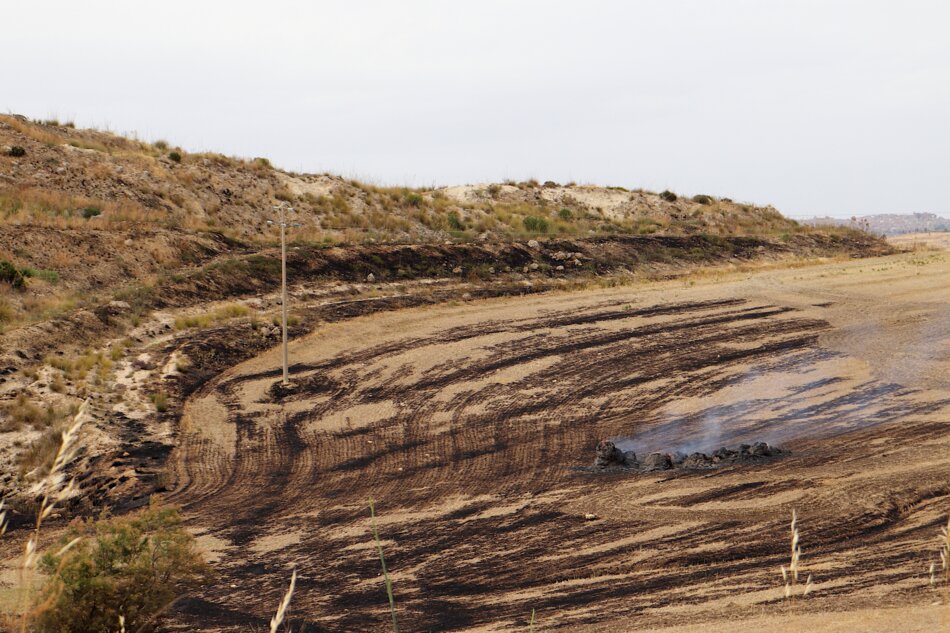
However, I differentiate the idea of ‘disturbance’ from ‘interruption.’
The idea of ‘disturbance’ is only a starting point.
To better define ‘interruption,’ I include associated ideas. These ideas include ‘disruption,’ ‘devastation,’ and ‘break.’ While the first two refer to possibly harmful outcomes, I don’t view ‘interruption’ in that way.
I see it as neither inherently positive nor negative. Experts have claimed that ‘disturbances’ can be viewed this way, as we observed[27].
10. Building a New Creative Ecosystem
In this context, ‘interruption’ becomes a chance.
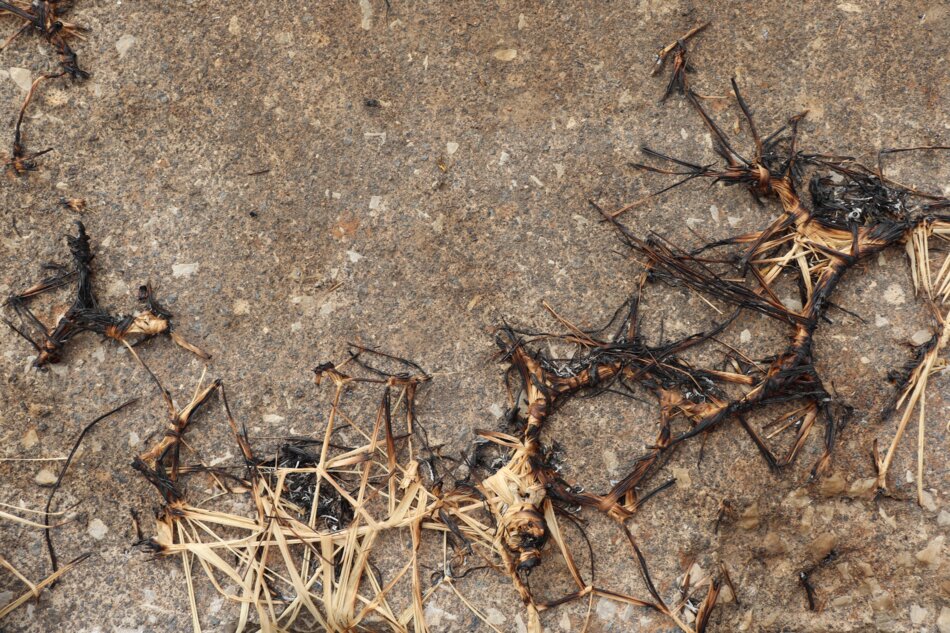
It is a new way for new branches to develop within the creative process.
The ‘interruption’ is what I encountered with the work almost burned in the field. I was creating the artwork through a creative process every morning. Then, unexpectedly, the fire interrupted me.
This event reorganized the creative process into a new ecosystem.
11. Navigating the Present with Creative Interruption
I accepted the change of the almost burned artwork.
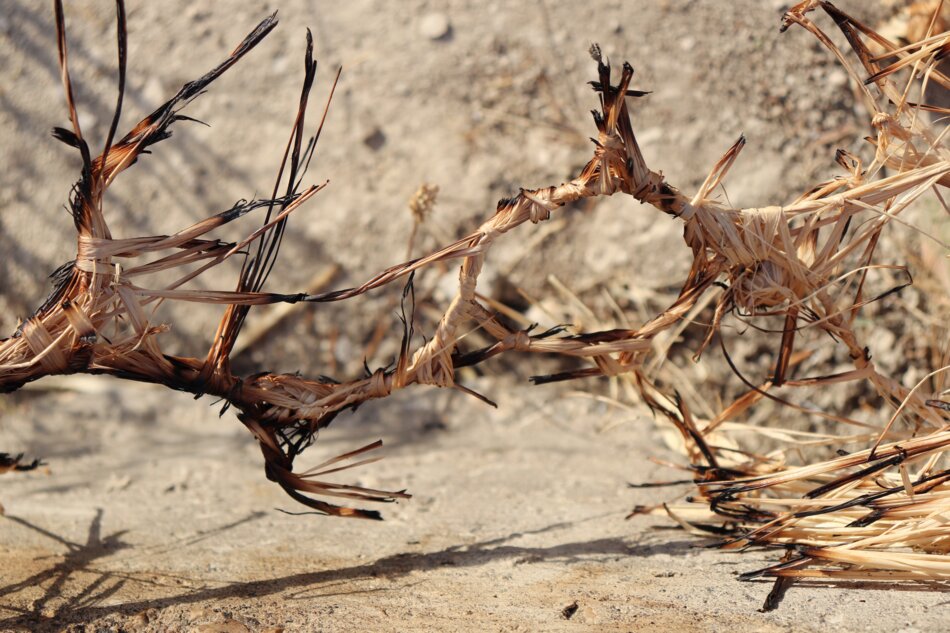
I’m looking at this event from an artistic point of view and reflecting on different perspectives, like ecology, to broaden the creative process and its result, the artwork.
That means I avoid simplification or romanticization concerning the destructive potential of fire.
I don’t support or condemn the agricultural practices related to the use of fire. As an artist, I engage with it to navigate the present.
Notes
- Mauro Agnoletti, Storia del bosco: Il paesaggio forestale italiano (2018; 2nd ed. 2019; Storia e Società) (Milano: Edizioni, 2019) back to the text
- Boag, Franca Elise. Integrated Mediterranean Farming and Pastoral Systems: Local Knowledge and Ecological Infrastructure of Italian Dryland Farming. PhD diss., Department of Anthropology, University of Alberta, 1997 back to the text
- Francesco Borghero, “Usi sociali del fuoco nella Sardegna bassomedievale: Una prospettiva storica e alcune notazioni antropologiche,” Dialoghi Mediterranei, no. 69 (September-October 2024): 355-364. back to the text
- Di Berenger, Adolfo. Dell’antica storia e giurisprudenza forestale in Italia. Treviso: G. Longo, 1859-1863. ———. Indici generali per servire all’opera dell'antica storia e giurisprudenza forestale in Italia. Venezia: G. Longo, 1867. back to the text
- Gaetano Forni, “Fuoco e agricoltura dalla preistoria ad oggi. Storia e antropologia di un plurimillenario strumento coltivatorio,” Rivista di Storia dell’Agricoltura 51, no. 1 (June 2011): 3-54. back to the text
- Franco Lai, “L’acqua e il fuoco nella costruzione del paesaggio della Sardegna centro-orientale,” La Ricerca Folklorica, no. 51 (2005): 85–91. https://doi.org/10.2307/30033276 back to the text
- Emilio Sereni, “Terra nuova e buoi rossi. Le tecniche del debbio e la storia dei disboscamenti e dissodamenti in Italia,” Annali dell’Istituto Alcide Cervi, no. 1 (1979): 11-96 back to the text
- Gaetano Forni, “Fuoco e agricoltura dalla preistoria ad oggi. Storia e antropologia di un plurimillenario strumento coltivatorio,” Rivista di Storia dell’Agricoltura 51, no. 1 (June 2011): 3-54. back to the text
- “agriculture.” Oxford Reference. ; Accessed 13 Nov. 2024. https://www.oxfordreference.com/view/10.1093/oi/authority.20110803095356555 back to the text
- Gaetano Forni, “Fuoco e agricoltura dalla preistoria ad oggi. Storia e antropologia di un plurimillenario strumento coltivatorio,” Rivista di Storia dell’Agricoltura 51, no. 1 (June 2011): 3-54, 47 back to the text
- Rosalba Martino and Anselmo Montermini, “Quando si possono bruciare i residui colturali in campo,” L’Informatore Agrario 39, no. 2013 (2013): 37-42. back to the text
- Regione Siciliana, Assessorato Regionale del Territorio e dell’Ambiente, Aggiornamento del Piano Regionale per la Programmazione delle Attività di Previsione, Prevenzione e Lotta Attiva contro gli Incendi Boschivi: Anno di Revisione 2017, dir. Fabrizio Viola, coord. Filippo Principato (Palermo: Comando Corpo Forestale della Regione Siciliana, 2017), 137 back to the text
- Mauro Agnoletti, Storia del bosco: Il paesaggio forestale italiano (2018; 2nd ed. 2019; Storia e Società) (Milano: Edizioni, 2019), 16. back to the text
- P.H. Collin, Dictionary of Environment & Ecology, 5th ed. (London: Bloomsbury Publishing Plc, 2004), 69; Cambridge Dictionary, s.v. “Ecosystem,” accessed October 8, 2024, https://dictionary.cambridge.org/dictionary/english/ecosystem. back to the text
- Ibidem. back to the text
- P.H. Collin, Dictionary of Environment & Ecology, 5th ed. (London: Bloomsbury Publishing Plc, 2004), 74. back to the text
- Ecological Society of America, Fire Ecology (Washington, DC: Ecological Society of America, 2006), 1. back to the text
- Ibidem. back to the text
- Ibidem. back to the text
- Ibidem. back to the text
- P.H. Collin, Dictionary of Environment & Ecology, 5th ed. (London: Bloomsbury Publishing Plc, 2004), 62. back to the text
- United States Department of Agriculture Forest Service, Intermountain Research Station, Disturbance Ecology and Forest Management: A Review of the Literature, General Technical Report INT-GTR-336 (May 1996), by Paul Rogers, 1. back to the text
- Ibidem. back to the text
- Erik A. Beever, Suzanne Prange, and Dominick A. DellaSala, eds., Disturbance Ecology and Biological Diversity: Scale, Context, and Nature (Boca Raton, FL: CRC Press, Taylor & Francis Group, 2020), 3. back to the text
- Ibidem. back to the text
- Ibidem. back to the text
- Ibidem. back to the text
